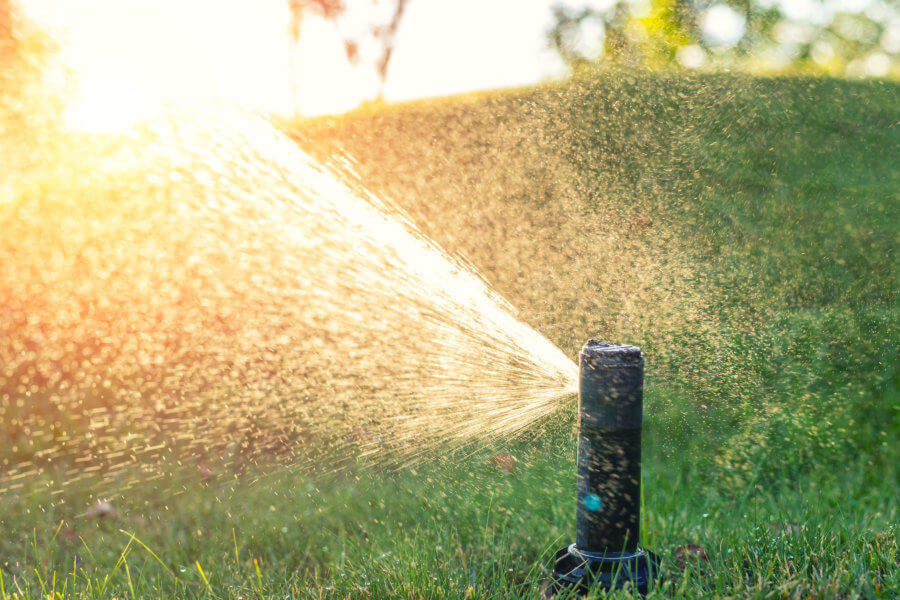
Best Grass Maintenance Tips for Your Florida Lawn
Your grass maintenance isn’t as complicated as you might think, once you understand the basics. Sure, there will still be plenty of work involved, but you can take some of the guesswork out of the process. While some factors, like grass height and specific fertilizers will depend on your grass variety and soil composition, many grass tips apply across a wide range of grass species. Grasses like St. Augustine, Bahia, Zoysia and Floratam, among others, all grow well in the Florida climate.
To keep your lawn healthy, keep these guidelines in mind:
Follow A Healthy Grass Watering Schedule
All grasses require water in order to grow and thrive, so it is important to ensure your lawn is getting the right amount of irrigation, neither too much nor too little. In general, it is better to water more deeply, but less often to help your lawn establish a strong root structure. Stronger roots will improve your lawn’s ability to access the water it needs, especially when the weather starts to get hot.
In the summer months especially, it is crucial to water at the right time of day.
Watering your grass during the hottest part of the day results in water waste as it evaporates before ever hitting your lawn. Watering at night, on the other hand, leaves the blades damp for an extended time, which can make your lawn more prone to disease and pest damage. To get the best results, water before sunrise. This will ensure that plenty of water gets to your lawn’s roots while also allowing the blades to dry out in the sunlight throughout the day.
Finally, know the signs that your lawn needs more water so that you can watch out for them. When the grass blades appear to fold in on themselves or display a blue-gray hue, it is time to water. Each time you walk across your lawn, check behind you for footprints. If they take more than a few seconds to start springing back, it is a sure sign that your lawn isn’t getting enough water. When providing additional irrigation for your grass, be sure to check your local watering restrictions to ensure you are in compliance.
Mow Your Lawn Effectively to Have the Best Healthy Yard
Grass needs to be kept at the right height to maintain health and prevent pest infestations, and the specific heights vary from species to species. What doesn’t change though, is that you’ll need sharp blades in your mower to get the job done right. Dull blades tear the grass rather than cutting it, which can damage your lawn and leave it prone to pests. After mowing, leave the grass clippings in your lawn so they can act as compost and provide a protective layer of thatch. Too much thatch though, can attract pests, so don’t forget to rake it out and start over from time to time.
No matter your lawn’s optimal height, aim to mow no more than about a third of its total height at each mowing. This will help to avoid overly stressing your lawn which leaves it vulnerable to disease and drought. You should also mow your lawn only when it is dry. Moisture from wet grass can interfere with your mower’s ability to cut smoothly, putting added strain on your grass and possibly leading to breakage.
Fertilize the Grass As Needed for Proper Maintenance
Throughout most of Florida, with the exception of South Florida, grasses go dormant in the winter. Thus, you only need to fertilize during the growing period from spring to fall. There are countless fertilizer varieties available. Each have different benefits, purposes, and application instructions. Always follow the package directions to ensure proper application. It is also smart to get a soil composition test so you know which nutrients you’ll need to increase or decrease in your soil.
Freshen Areas of the Lawn With Healthy New Sod
In some cases, you may need fresh sod installation to restore damaged portions of your lawn. The team at Duda Sod is here to help you with all your sod needs in Florida. Reach out to us today to get more grass care tips or to learn more about our fresh sod for sale and pick the best variety for your yard.